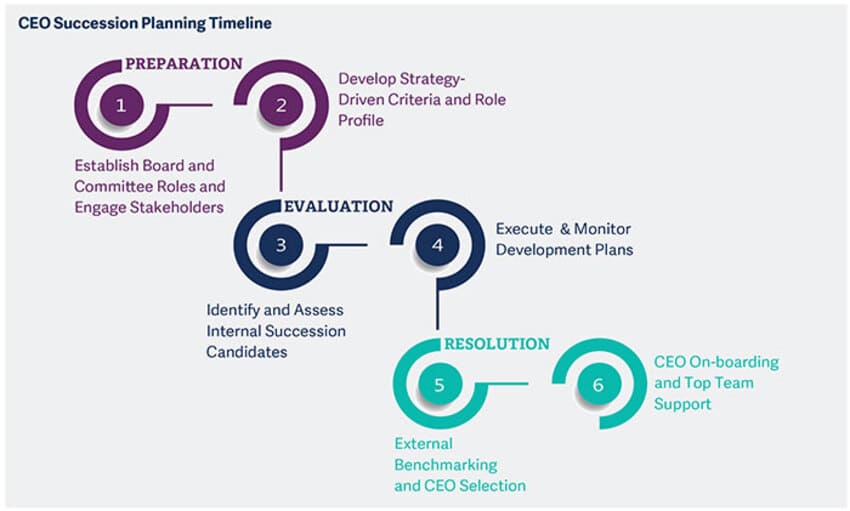
Insurance and Risk Management
Insurance is a means of protection from financial loss. It
is a form of risk management, primarily used to hedge against the risk of a
contingent or uncertain loss.
An entity which provides insurance is known as an insurer,
insurance company, insurance carrier or underwriter. A person or entity who
buys insurance is known as an insured or as a policyholder. The insurance
transaction involves the insured assuming a guaranteed and known relatively
small loss in the form of payment to the insurer in exchange for the insurer's
promise to compensate the insured in the event of a covered loss. The loss may
or may not be financial, but it must be reducible to financial terms, and
usually involves something in which the insured has an insurable interest
established by ownership, possession, or pre-existing relationship.
The insured receives a contract, called the insurance
policy, which details the conditions and circumstances under which the insurer
will compensate the insured. The amount of money charged by the insurer to the
policyholder for the coverage set forth in the insurance policy is called the
premium. If the insured experiences a loss which is potentially covered by the
insurance policy, the insured submits a claim to the insurer for processing by
a claims adjuster. The insurer may hedge its own risk by taking out
reinsurance, whereby another insurance company agrees to carry some of the
risks, especially if the primary insurer deems the risk too large for it to
carry.
In ideal risk management, a prioritization process is
followed whereby the risks with the greatest loss (or impact) and the greatest
probability of occurring are handled first. Risks with lower probability of
occurrence and lower loss are handled in descending order. In practice the process
of assessing overall risk can be difficult, and balancing resources used to
mitigate between risks with a high probability of occurrence but lower loss,
versus a risk with high loss but lower probability of occurrence can often be
mishandled.
Intangible risk management identifies a new type of a risk
that has a 100% probability of occurring but is ignored by the organization due
to a lack of identification ability. For example, when deficient knowledge is
applied to a situation, a knowledge risk materializes. Relationship risk
appears when ineffective collaboration occurs. Process-engagement risk may be
an issue when ineffective operational procedures are applied. These risks
directly reduce the productivity of knowledge workers, decrease cost-effectiveness,
profitability, service, quality, reputation, brand value, and earnings quality.
Intangible risk management allows risk management to create immediate value
from the identification and reduction of risks that reduce productivity.
- Managing Risk
- Sources and Measurement of Risk
- Risk Evaluation and Prediction
- Disaster Risk Management
- Risk Retention and Transfer
- Meaning of Actuary and Actuarial Science
- Nature of Insurance Contract
- Principle of Utmost Good Faith
- Insurable Interest
- proximity cause
- Contribution and subrogation
- Indemnity
- Legal Aspects of Insurance Contract
- Concept of Insurance
- Need for Insurance
- Globalization of Insurance Sector
- Reinsurance/ Co-insurance/Assignment
- Types of Insurance Life insurance – General Insurance
- Surrender value-Introduction to Actuarial science-bonus- Policy
- Health Insurance
- Risk Management
- Marine and Rural Insurance
- Automobile Insurance
- Urban-non- traditional Insurance
- Control of Malpractices
- Negligence
- Computation of Insurance Premium
- Insurance Pricing and Marketing
- Claims Management
- Engineering & Liability Insurance
- Enterprise Risk Management
- Insurance Salesmanship
- Financial Management in Insurance Companies and Insurance Ombudsman
- Investment Planning and Management
Recent Published
Submit Manuscript
To give your manuscript the best chance of publication, follow these policies and formatting guidelines.


